Ventilated Brick Wall Using DPM CFD Simulation, ANSYS Fluent Training
Ventilated Brick Wall Using DPM CFD Simulation, ANSYS Fluent Training
- Upon ordering this product, you will be provided with a geometry file, a mesh file, and an in-depth Training Video that offers a step-by-step training on the simulation process.
- For any more inquiries regarding the product, please do not hesitate to reach out to us at info@CFDLAND.com or through our online support assistant.
€240 Original price was: €240.€125Current price is: €125.
A ventilated brick wall, as explored by Buratti et al. (2018) [1], is a building envelope design incorporating an air gap between the external brick layer and the inner insulation. This cavity facilitates natural or mechanically-driven airflow, enhancing thermal performance by reducing heat transfer during both heating and cooling seasons. The external brick layer, exposed to solar radiation, heats the air within the cavity. This warmed air then rises and vents out through openings at the top, drawing cooler air in from the bottom, creating a continuous airflow. This process minimizes heat transfer to the inner wall, improving insulation effectiveness and reducing energy consumption for climate control. The study by Buratti et al. specifically focuses on optimizing the size and placement of these ventilation openings using Computational Fluid Dynamics (CFD) to maximize airflow and thermal efficiency while maintaining structural integrity, particularly important when the external brick layer is solely supported by a steel anchorage system. So in the current study, we benefit from the reference papers called “Development and optimization of a new ventilated brick wall: CFD analysis and experimental validation”[1] and also “The effects of ventilation and floor heating systems on the dispersion and deposition of fine particles in an enclosed environment” [2].
- Reference [1]: Buratti, Cinzia, et al. “Development and optimization of a new ventilated brick wall: CFD analysis and experimental validation.” Energy and Buildings168 (2018): 284-297.
- Reference [2]: Zhou, Yu, et al. “The effects of ventilation and floor heating systems on the dispersion and deposition of fine particles in an enclosed environment.” Building and Environment125 (2017): 192-205.

Figure 1: Prototype of constructed ventilated brick wall in the laboratory [1]
Simulation Process
The ventilated brick wall inside the room is designed primarily. It then discretized by 753048 tetrahedral cells using ANSYS Meshing. The current multiphase model consist of air flow and dust particles are solved considering Eulerian-Lagrangian approach. The dust dispersed phase which is tracked by Lagrangian approach, is modeled using Two-way Discrete Phase Model (DPM). Due to variety of dust diameters, rosin-rammler diameter distribution model is employed. Given their small size, the Thermophoretic and Two-way turbulence coupling may play an effective role. However, just to assure their disruptive impact on walls, the Erosion/Accretion sub model is also activated, despite it is not our main target. Last but not the least, the sun radiation is taken into the account by Discrete Ordinates (DO) radiation model.
Post-processing
The particle residence time within the dust separator, as visualized by the particle tracks, demonstrates the effectiveness of the design in trapping dust particles. Along the particle tracks, the color variation shows how long each particle stays in the separator. Warmer colors (red and orange) show longer residence times. The fact that these warmer colors are mostly found in the lower part of the separator supports what was meant to happen: once dust particles are introduced, they tend to stay in the designated collection zone at the bottom. This longer stay time lets gravity help the separation process even more, making sure that dust particles are effectively removed from the airflow. The different stay times also point to a complicated flow pattern inside the separator, which is affected by things like the speed of the particles coming in, their size, and the shape of the device itself.
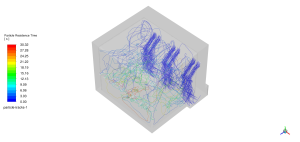
Figure 2: Dust particles residence time inside the room
The velocity magnitude contours and streamlines provide further insight into the flow dynamics that facilitate dust separation. The fastest speeds (shown by red and orange areas) can be seen near the entrance and along the top of the separator, which shows the main flow path. The speed of the airflow slows down a lot in the lower part, where the dust particles gather, as it moves through the internal structure. This slowing down is important for particle trapping because it lowers the upward drag forces that could move the settled dust again. The streamlines make the flow pattern very clear. They show how the design directs the airflow downhill, which helps the particles settle and reduces re-entrainment. Additionally, the longer particle residence times and controlled flow behavior help the dust divider remove particulate matter from the airstream more effectively.

Figure 3: Discrete phase velocity magnitude (dust particles)
We pride ourselves on presenting unique products at CFDLAND. We stand out for our scientific rigor and validity. Our products are not based on guesswork or theoretical assumptions like many others. Instead, most of our products are validated using experimental or numerical data from valued scientific journals. Even if direct validation isn’t possible, we build our models and assumptions on the latest research, typically using reference articles to approximate reality.
Yes, we’ll be here . If you have trouble loading files, having technical problems, or have any questions about how to use our products, our technical support team is here to help.
You can load geometry and mesh files, as well as case and data files, using any version of ANSYS Fluent.
€175 Original price was: €175.€145Current price is: €145.

€175 Original price was: €175.€115Current price is: €115.

€210 Original price was: €210.€155Current price is: €155.

€160 Original price was: €160.€135Current price is: €135.

€110 Original price was: €110.€65Current price is: €65.

€240 Original price was: €240.€115Current price is: €115.



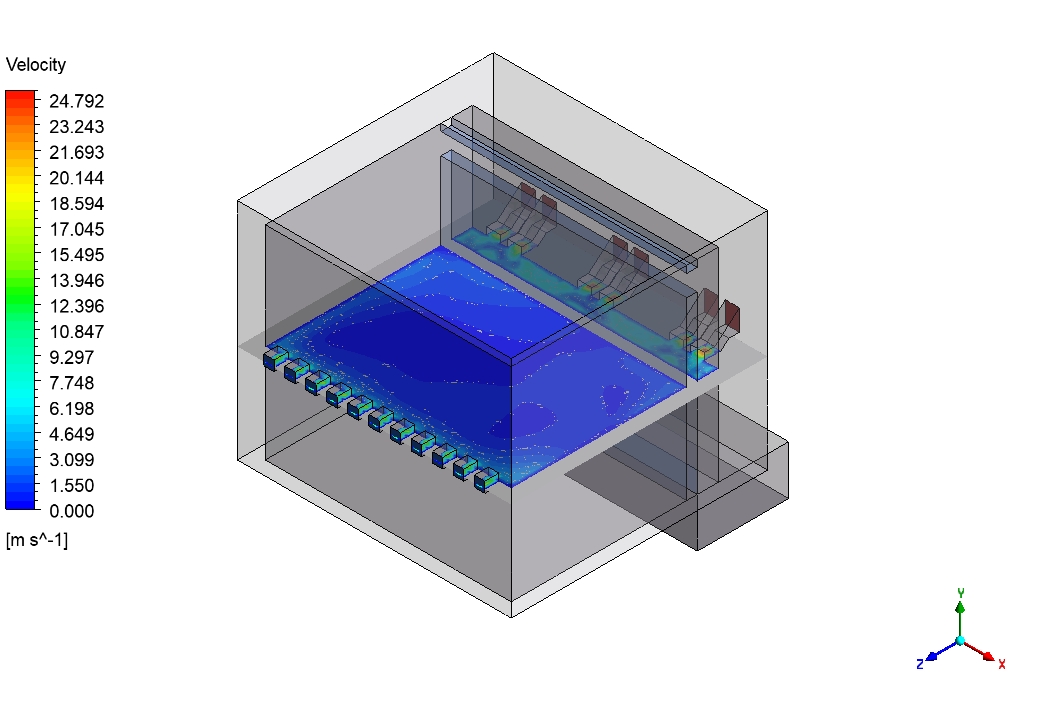
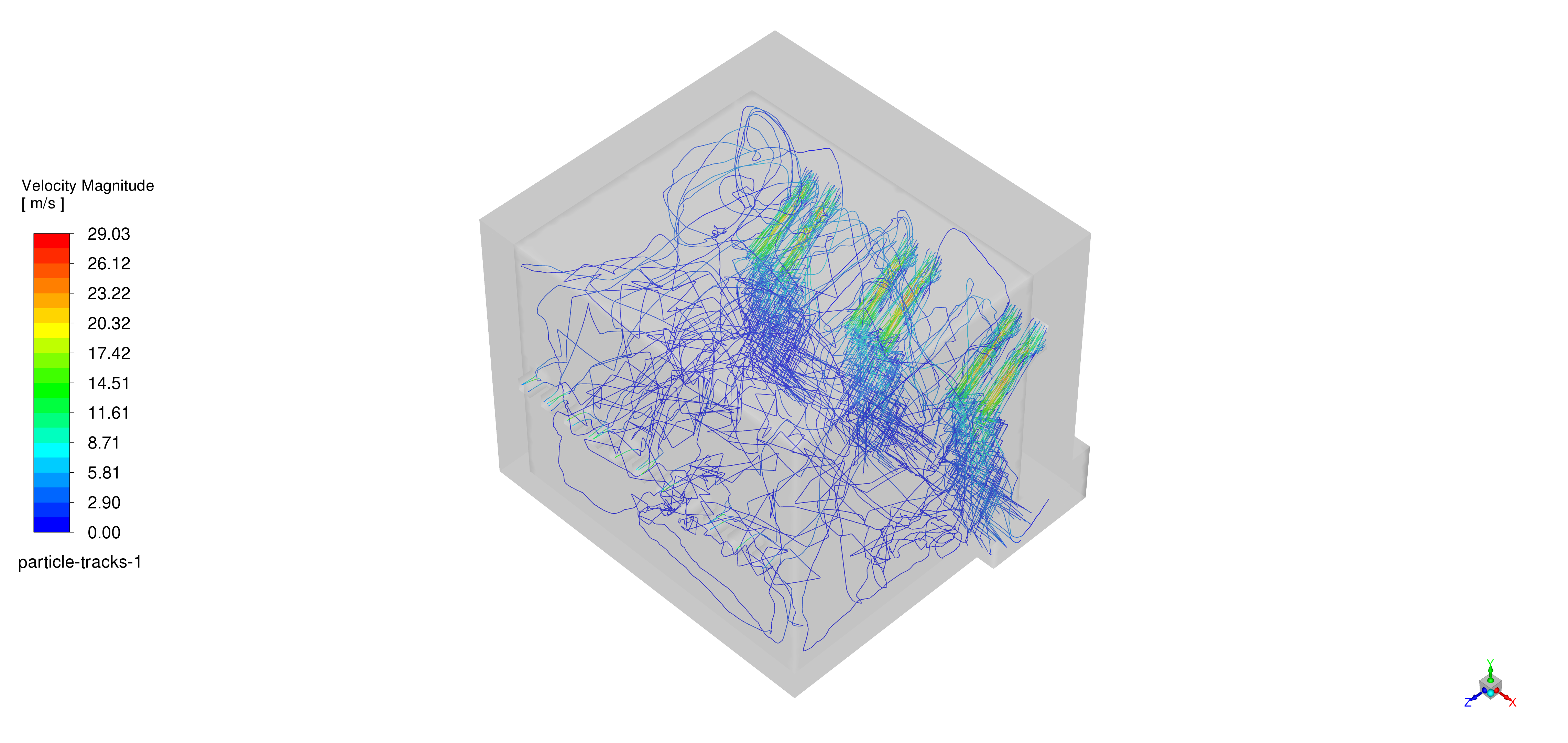















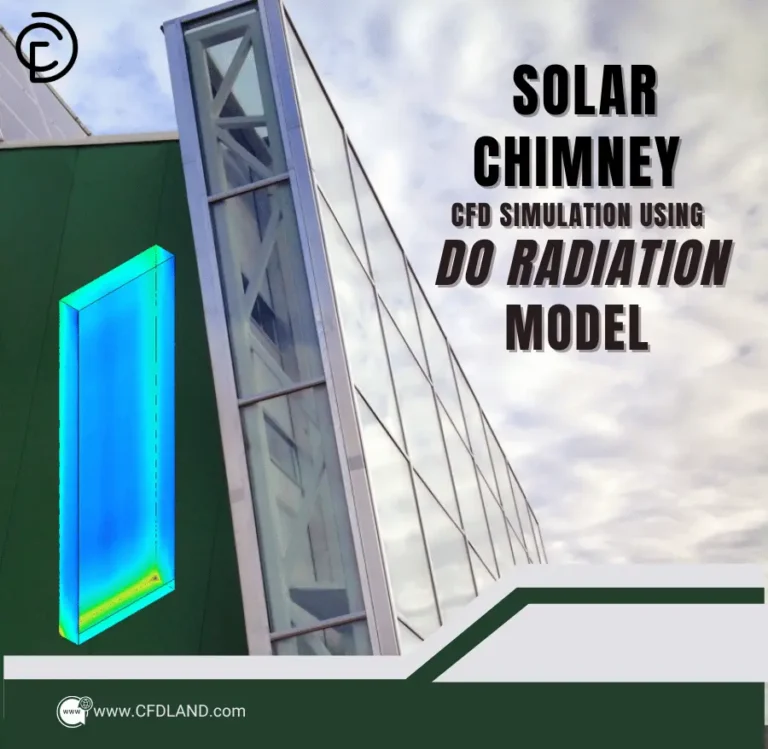
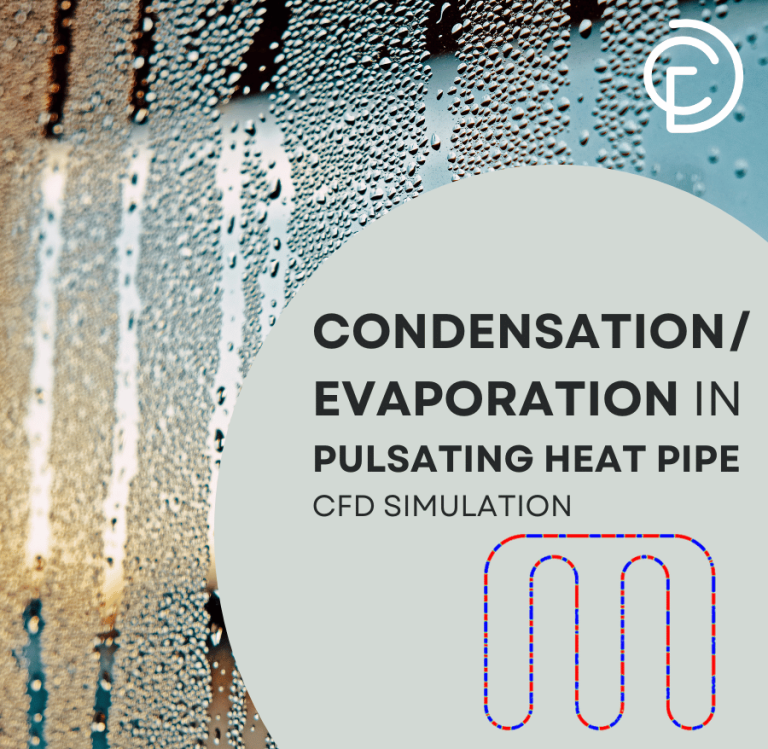
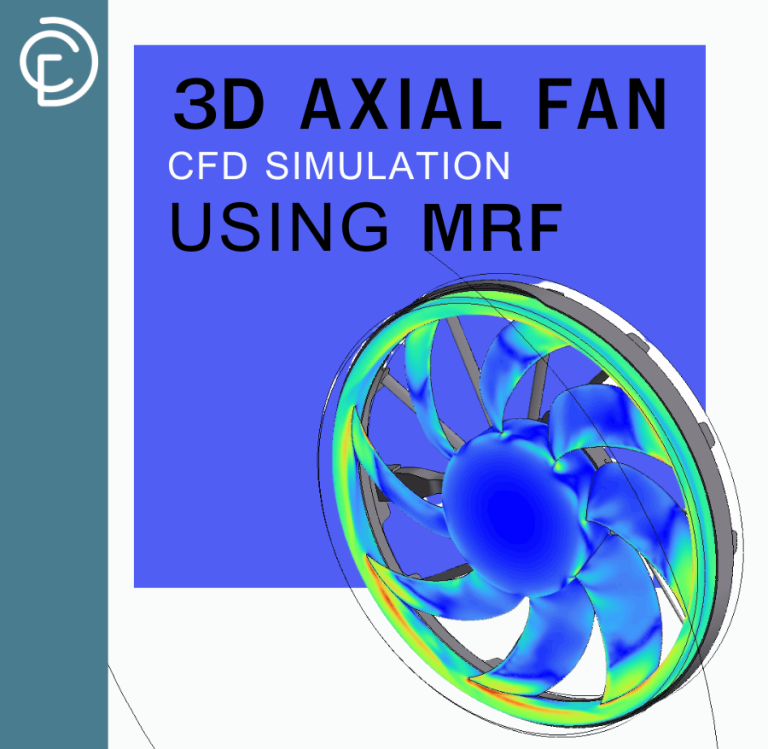
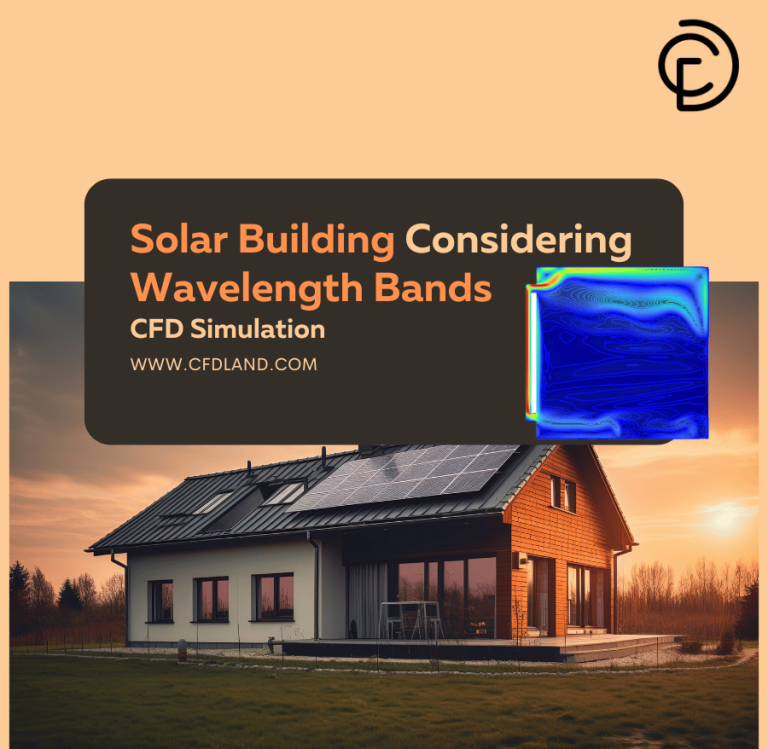

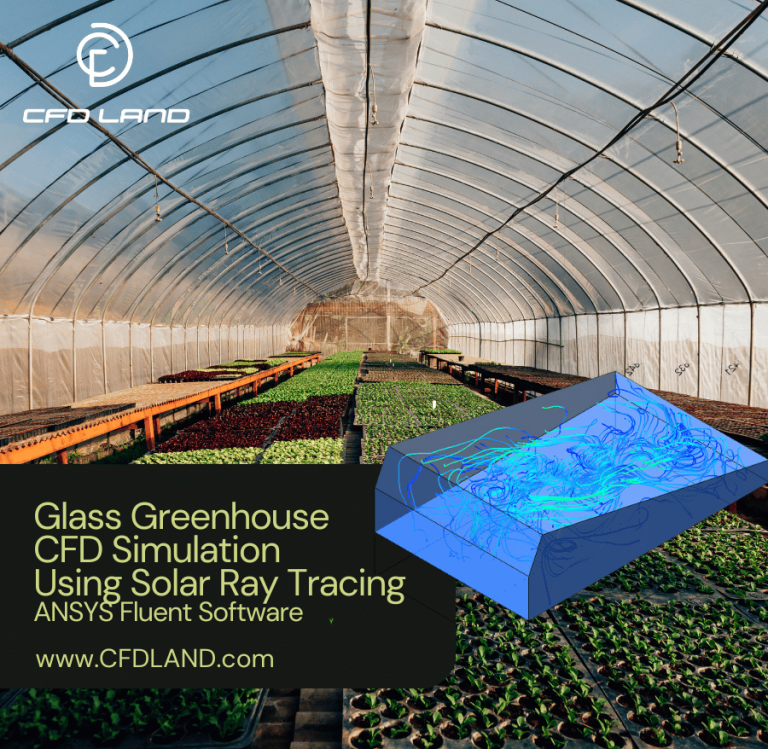
Reviews
There are no reviews yet.